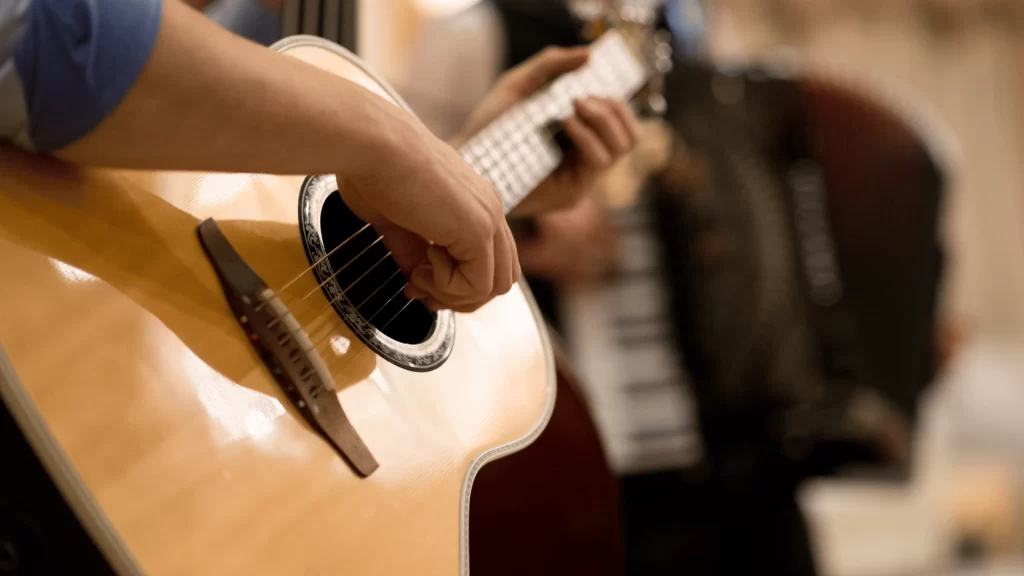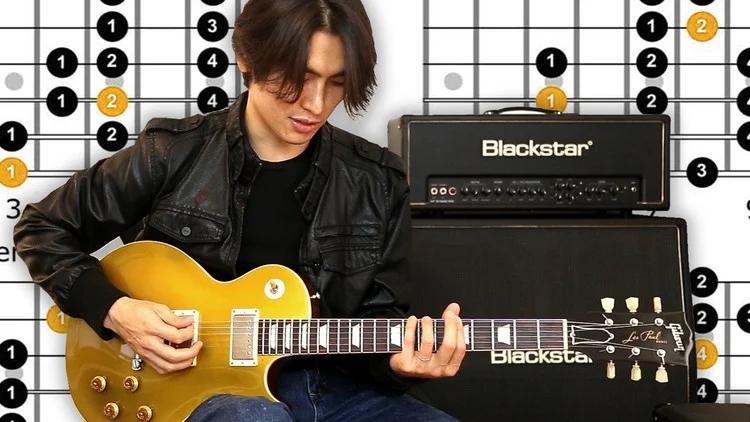
Music moves through rhythm and timing that shape every sound into expression. A guitarist who understands both can control flow and emotion through every string. Steady timing creates confidence for both solo and group playing. Balanced rhythm makes melodies sound natural and powerful. Every note finds meaning when pulse and beat connect perfectly. For a deep understanding of these techniques, you can visit us for valuable insights and expert advice.
Steady Pulse Creates Musical Flow
Rhythm defines the heartbeat of every melody. A stable pulse supports clarity and clean execution.
- Consistent tempo improves hand coordination during practice sessions
- Listening to beats trains awareness of natural flow in songs
- Counting patterns builds control over syncopated sections
- Slow training sessions refine timing without losing quality
Proper rhythm gives structure that keeps notes balanced within each bar.
Building Movement Within Musical Patterns
Understanding rhythm helps players create smooth transitions between notes. This sense of motion brings energy and balance to each phrase. Focused attention on flow allows every tone to breathe and move forward together.

Feeling Internal Tempo Naturally
Timing begins inside before touching the strings. When a guitarist senses pulse internally, each strike aligns with intent. Silent counting or gentle tapping can connect physical action with musical direction.
Maintaining Focus During Practice Hours
Attention must stay steady during repetition. Concentrated sessions prevent mistakes from repeating unconsciously. Strong discipline keeps rhythmic timing natural throughout every practice routine.
Rhythmic Control Enhances Musical Structure
Balanced timing organizes melodies into clear progressions. Structured beats guide listener perception and highlight phrasing details. Mastery of rhythm ensures harmony between the melody flow and the chord sequence. For advanced learning techniques, simply visit us to gain a complete understanding.
Guitarist Questions Section
Common player doubts and helpful guidance are presented briefly.
- How to improve rhythm sense fast? Practice slow tempo daily using tapping.
- What boosts timing control? Consistent counting of beats during exercises.
- Does metronome practice help? Yes, it builds long-term timing accuracy effectively.
- How to combine rhythm and melody? Focus on flow between chords and lead notes.
- Can ear training affect timing? Yes, it sharpens awareness of internal pulse precision.
Final Strings of Mastery
True control arises from consistent rhythm shaping emotional sound patterns. Each beat connects creativity with confidence. Skilled timing transforms simple notes into expressive art. Every guitarist grows when pulse meets purpose. Harmony begins where rhythm becomes strength, and balance defines musical success.





